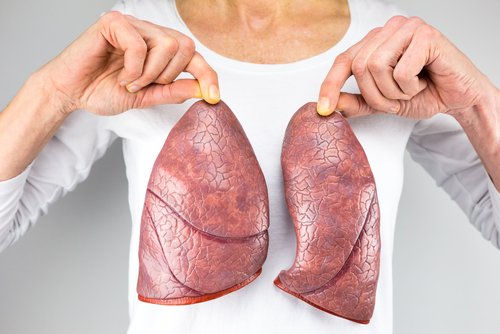Doctors Are Doing Inadequate Job of Screening Scleroderma Patients for PAH, Study Concludes

Scientists have long known that people with scleroderma are at increased risk of developing pulmonary arterial hypertension.
But many with scleroderma whom doctors suspect of having PAH are not receiving optimal screening for the respiratory condition, a study concludes. Nor are enough scleroderma patients suspected of having pulmonary hypertension being referred for tests that would confirm the condition.
Janet Pope at the University of Western Ontario’s St. Joseph’s Health Care did the study, titled “Pulmonary arterial hypertension in scleroderma: care gaps in screening.” It was published in the journal Arthritis Research & Therapy.
Although scleroderma mainly affects the skin, it can also affect other organs and structures. Up to 15 percent of scleroderma patients also develop PAH, experts estimate. Pulmonary hypertension is caused by increased blood pressure in the vessels of the lungs. It can lead to failure of the right side of the heart.
PAH is fatal if untreated. Drugs are available to improve symptoms, such as shortness of breath, as well as minimize structural changes that the disease triggers in the right side of the heart.
Pope did a multi-site longitudinal study of more than 1,630 Australians with scleroderma, 12 percent of whom had PAH. It revealed that echocardiography and lung-function screening identified only half of those who actually had PAH.
In addition to suboptimal screening, the research indicated that many doctors failed to use right-heart catheterization testing to confirm PAH in people suspected of having it.
Screening is important because symptoms of scleroderma and PAH can be non-specific, which often delays diagnosis of both. In addition, scleroderma patients often adopt a sedentary lifestyle when their disease progresses to other organs. That mean doctors can interpret symptoms of PAH such as shortness of breath as being connected to lack of activity.
The benefits of early detection need to be balanced against the risk of incorrectly diagnosing PAH, a designation referred to as a false positive. The number of false positives does increase in proportion to the number of screening tests performed. But Pope said echocardiogram screening can help predict PAH progression and guide treatment.
Screening for PAH “allows for earlier detection and treatment that prolongs survival and improves symptoms,” Pope said. “But it is important that clinicians who follow SSc [scleroderma] patients screen and act upon the results, such as referring suspected PAH [patients] for right heart catheterization and treatment at an expert center.”







